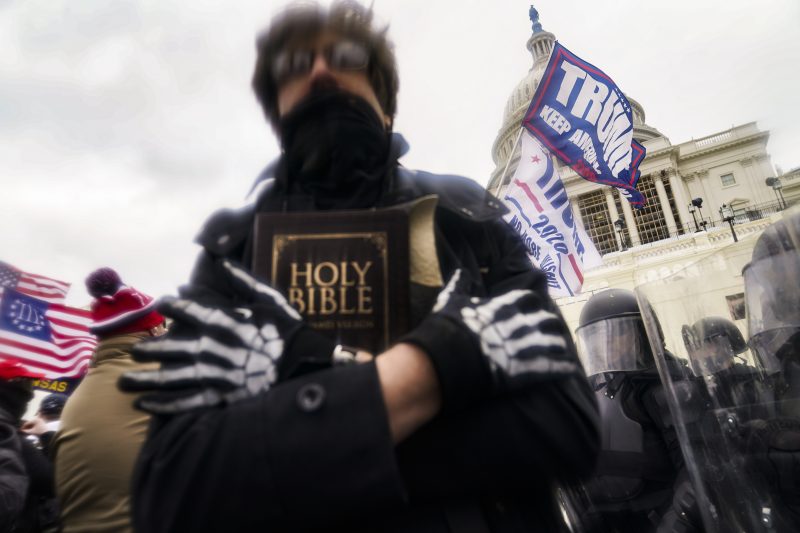
Uncovering Trump’s Subtle Signals of Chaos and Conflict
Body:
White House Downplays Violent Rhetoric amid Rising Tensions
Recent political events in the United States have sparked controversy and debate around the language used by President Trump and his administration. Accusations of employing dog whistles to incite unrest and violence have gained traction among critics and analysts alike. The White House, however, has downplayed these concerns, citing communication strategies and political rhetoric as necessary tools in shaping public opinion and mobilizing support.
The use of dog whistles in political communication is not a new phenomenon, but the Trump administration’s alleged reliance on them has elicited particular scrutiny. Critics argue that subtle and coded language, such as references to law and order and domestic terrorism, serve to stoke fear and divisiveness among the population. By framing complex issues in simplistic and inflammatory terms, the administration may be intentionally sowing discord and amplifying existing tensions.
Moreover, the recent wave of protests and civil unrest following the deaths of George Floyd and Breonna Taylor has provided a backdrop for the administration to escalate its rhetoric. President Trump’s tweets and public statements have drawn sharp criticism for their perceived insensitivity and incendiary tone. Critics argue that by characterizing protesters as thugs and advocating for a heavy-handed response, the administration is fueling a dangerous climate of polarization and mistrust.
In response to these accusations, White House officials have defended the administration’s messaging as necessary for maintaining law and order and safeguarding public safety. They argue that tough language and strong rhetoric are essential tools for conveying the administration’s commitment to upholding the rule of law and protecting American communities. Moreover, they contend that the use of clear and forceful language is in line with the president’s no-nonsense style and resonates with his supporters.
However, many observers remain unconvinced by the White House’s explanations, pointing to a pattern of behavior that appears to prioritize political expediency over genuine dialogue and understanding. The continued use of divisive language and provocative messaging risks further polarizing an already fractured nation and deepening social and political divides.
As the election season heats up and the country grapples with a myriad of challenges, including the ongoing COVID-19 pandemic and economic uncertainty, the role of rhetoric and communication in shaping public discourse becomes increasingly critical. The line between legitimate political discourse and inflammatory rhetoric grows ever blurrier, raising questions about the impact of language on social cohesion and democratic norms.
In conclusion, the debate surrounding the Trump administration’s use of dog whistles and violent rhetoric underscores the power and potency of language in shaping political narratives and public perceptions. As the country navigates a tumultuous and uncertain period, the need for responsible and thoughtful communication from its leaders has never been more pressing. The challenge lies in striking a balance between robust political discourse and respectful dialogue, ensuring that language serves as a tool for unity rather than division.
